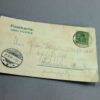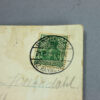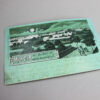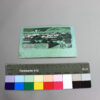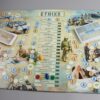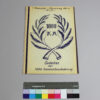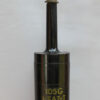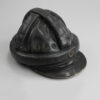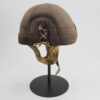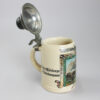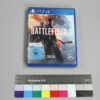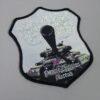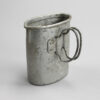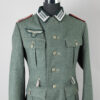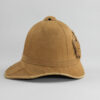Postcard from Munster from 1903
Inventory number: DPM 6.905
“Munster, how strange you look to me!” is written on the postcard from Mr. Müller to his sister and brother-in-law. In 1903, when he sent the card, a large troop camp had already been shaping the face of the small town for 10 years. At that time, the Munster troop camp consisted of almost 200 stone and corrugated iron barracks, several kitchens, dining halls, stables, etc. Unlike a garrison, the units and formations in Munster were only housed during the summer months in order to train in the Lüneburg Heath.
Life as a soldier seems to have been less than comfortable back then. Mr. Müller notes: “Food just like in the garrison, not too good” and asks his relatives: “Please send something to eat next week!” Catering for the soldiers in the canteens was in the hands of a private tenant, the trading company S. Rheinhold from Hanover. The Jewish entrepreneurial family also ran a grain store, a canning factory and supplied other barracks with food. Other businessmen also catered to the needs of the soldiers and numerous restaurants and stores were established in Munster.
Before the soldiers arrived in 1893, Munster had only 470 inhabitants and 71 buildings. In the years that followed, the population grew by almost 500 a year and 100 new buildings were erected before the First World War. Numerous hotels, restaurants, cafés and pubs were added, as well as photo studios and publishing houses. There seems to have been enough to drink in Munster as early as 1903, at least that’s what the motif on the map suggests: here, six soldiers are walking rather crookedly back to their barracks under the critical gaze of the moon. In fact, there is some evidence in the sources on the town’s history that the rapid growth of the community caused some upheavals and tensions. These were exacerbated by the temporary accommodation of a large number of young men far from home, which led to complaints about moral decay.
Object of the month
(short) stories from the depot
Unfortunately, many objects cannot currently be shown in the exhibition for conservation reasons. Here you will find unusual objects and exciting stories of special pieces from the depot


